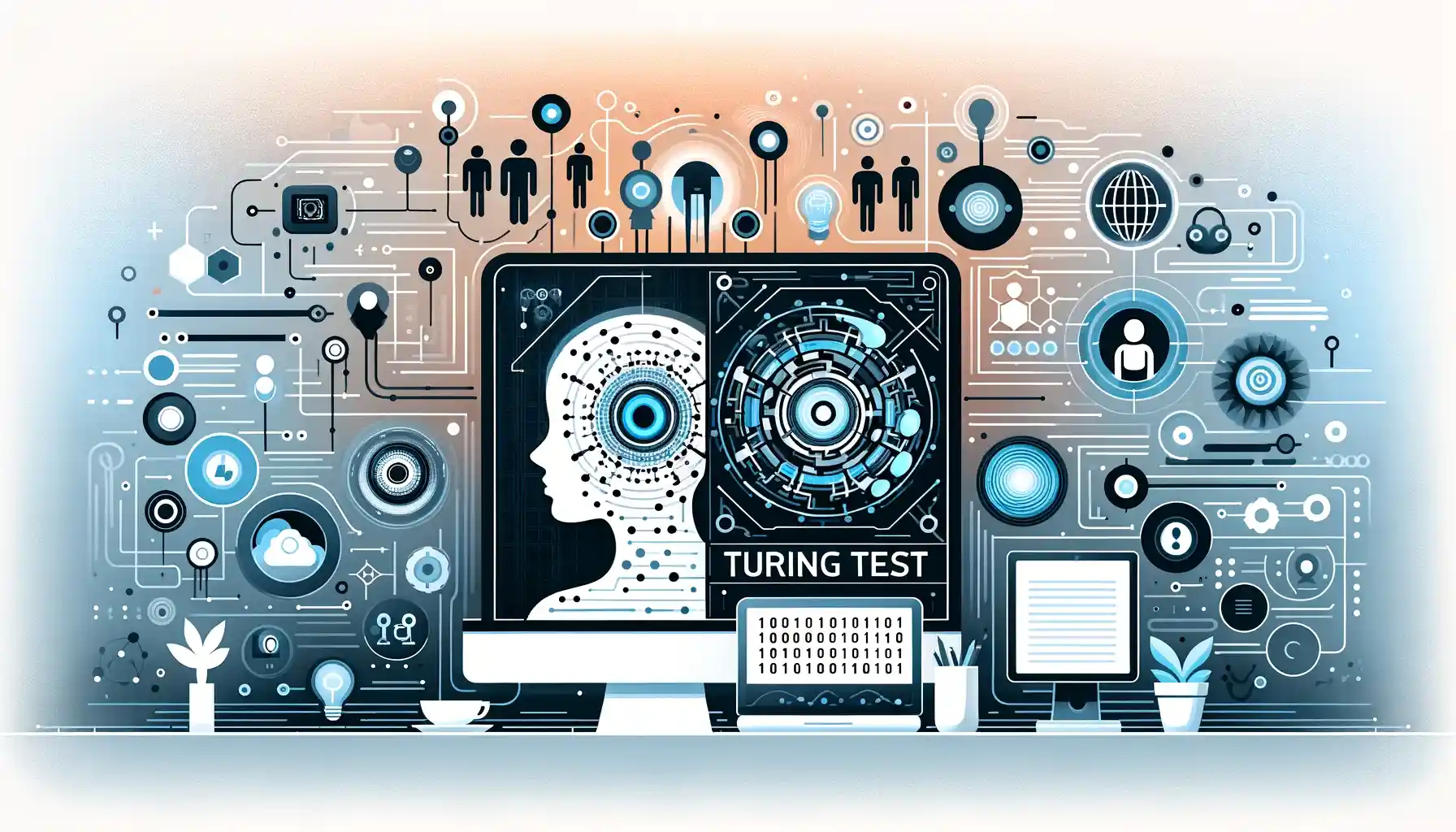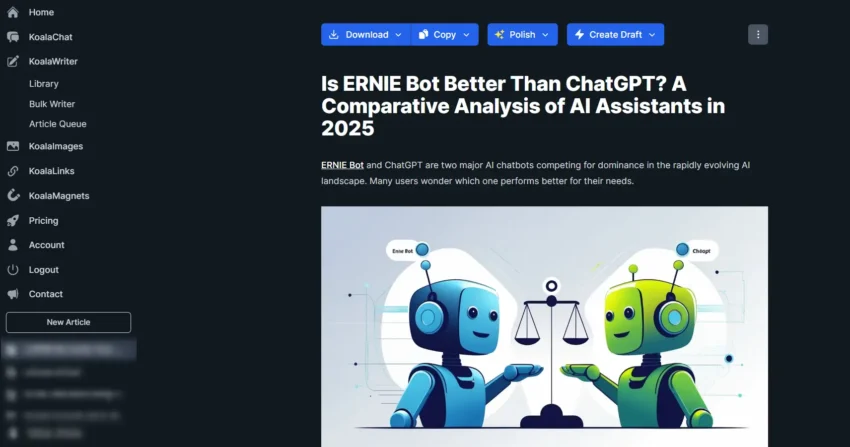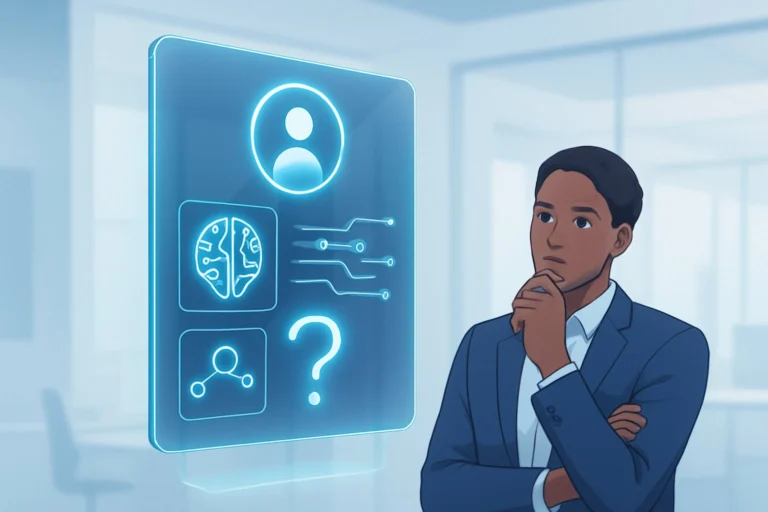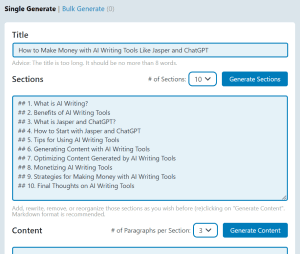The Turing Test was proposed in 1950, as a way to assess whether a machine can exhibit intelligent behavior equivalent to, or indistinguishable from, that of a human.
Alan Turing suggested the test in his paper “Computing Machinery and Intelligence,” where he replaced the abstract question “Can machines think?” with a more practical challenge.
Key components of the Turing Test:
- The Imitation game: The test involves a game where a human interrogator interacts with an unseen entity (a human or a machine) and tries to determine if they are communicating with a machine or a person.
- Human-like responses: The machine’s goal is to produce responses indistinguishable from a human’s, thereby ‘fooling’ the interrogator.
- Measurement of success: If the interrogator cannot reliably tell the machine from the human, the machine is considered to have passed the test.
Significance of the Turing Test
- Benchmark for AI: The test serves as a criterion for determining whether a machine is capable of “thinking.”
- Focus on output: It shifts the focus from the machine’s ability to mimic human thought processes to the output and behavior it exhibits.
- Philosophical implications: The test probes deeper questions about consciousness, intelligence, and the essence of human thought.
Criticisms and challenges
While groundbreaking, the Turing Test has faced various criticisms:
- Too narrow or too broad: Critics argue that the test may either set too narrow a focus on linguistic abilities or be too broad, neglecting other aspects of intelligence.
- The Chinese room argument: Philosopher John Searle’s argument suggests that a machine could pass the Turing Test by manipulating symbols (words) without understanding their meaning, thus questioning the depth of machine “intelligence.”
- Anthropocentric bias: The test is centered on human intelligence, possibly overlooking other forms of intelligence.
Alternatives and adaptations
In response to these criticisms, various adaptations and alternatives to the Turing Test have been proposed:
- Total Turing Test: A more comprehensive test including the machine’s sensory and motor functions, not just linguistic abilities.
- The Lovelace Test: This test focuses on a machine’s ability to create original, creative outputs that the programmers cannot explain.
- Evolutionary considerations: Some suggest considering the machine’s developmental history and its ability to evolve intellectually over time.
The future of the Turing Test
Looking forward, the Turing Test remains a topic of rich debate in AI. Its legacy continues to influence how we define and pursue artificial intelligence.
While it may not be the definitive test of machine intelligence, it serves as a crucial stepping stone in our understanding of AI’s possibilities and limitations.

The Turing Test, despite its limitations and the evolving landscape of AI, remains a fundamental concept in understanding machine intelligence.
It challenges us to think critically about what it means for a machine to be intelligent and continues to influence both theoretical and practical advancements in AI.
This exploration of the Turing Test highlights its enduring relevance in discussions about AI, encouraging ongoing dialogue and innovation in the field.












